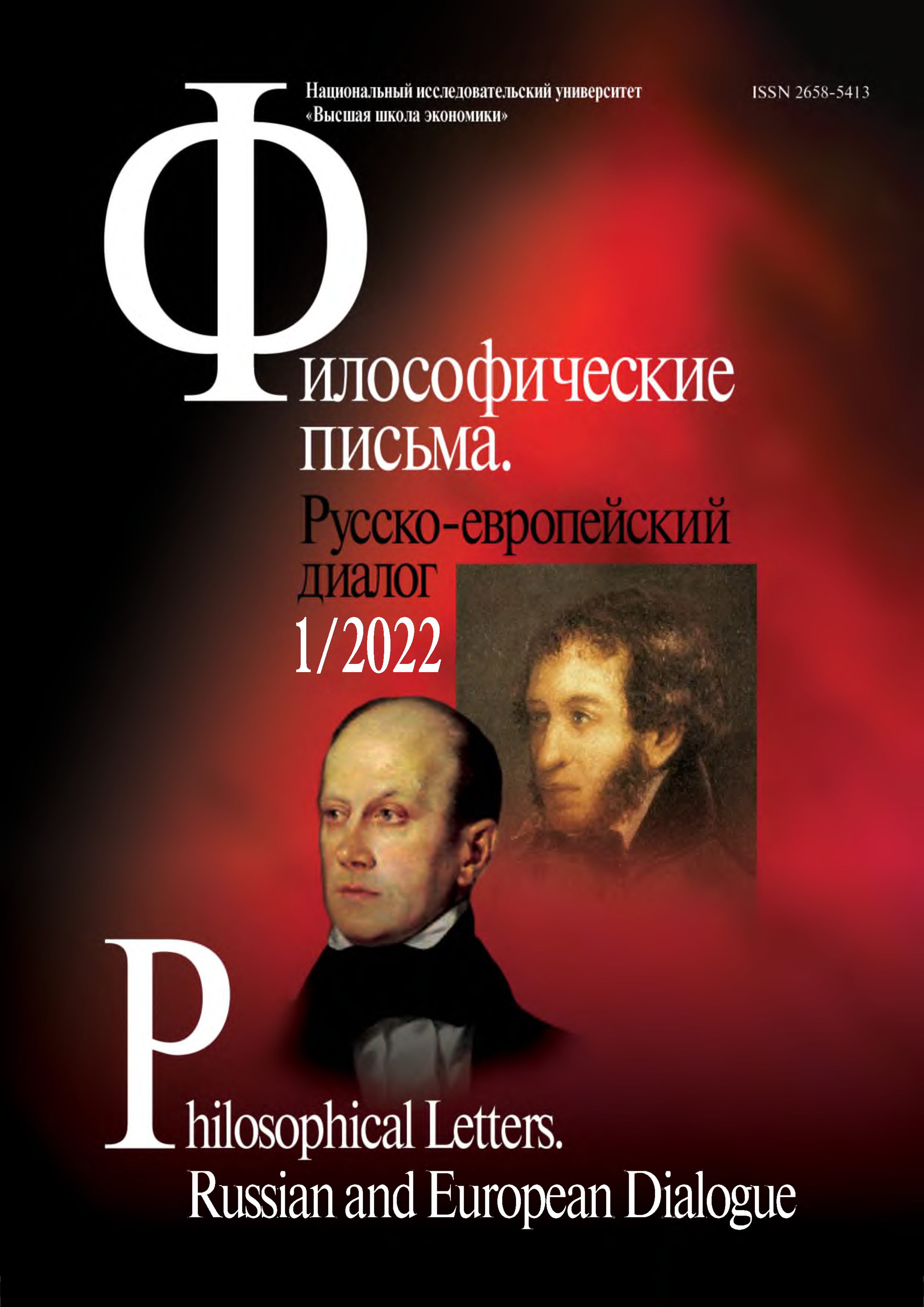Портрет XVI–XVIII веков белорусских земель в контексте культур Запада и Востока
Аннотация
В статье рассматриваются культурологические и искусствоведческие основания портрета Беларуси XVI–XVIII веков. Эти портреты не укладываются в рамки известных европейских художественных стилей, хотя соответствуют эпохам Ренессанса, барокко, классицизма. Майкл Баксендолл предложил рассматривать подобного рода произведения в точках преодоления классической художественной нормы. Важны, по его мнению, правильно выбранные контексты. Для белорусских (великолитовских) портретов это неповторимые традиции, генеалогические мифы, придворные ритуалы и воинский кодекс рыцарско-дворянской, аристократической культуры. Юбер Дамиш предложил еще один подход, в рамках понятия «айстезис», то есть формально выразительных особенностей произведения, придающих живописной продукции ее исторические смыслы. Для айстезиса в равной степени важна знаковая составляющая произведения, его повествовательность (нарративность), политические, общественно-значимые коннотации и контекст его существования. В этих рамках портрет становится текстом для визуального чтения со своими знаковыми кодами, подобно иконной форме, рождающей необходимые чувственные переживания. В нем присутствуют документальность, римский веризм, как дань Античности, с обязательным включением надписей-инскрипций и гербов. Знаковая основа белорусского портрета требовала обязательного указания на рыцарский этос, то есть изображения доспехов или части рыцарского одеяния, атрибутов власти и должностной принадлежности. Веризм более точно описывается философским понятием «aйстезис» — такого телесно-чувственного восприятия произведения искусства, когда оно дорого обращением к широкому кругу воспоминаний, историческому прошлому, а не своей художественной формой и живописными новациями. Европейский портрет, родившийся в XV веке, напротив, более соответствовал платоновскому понятию «эйдос» — первообраза, идеи, скрытой в каждом индивидуальном существовании, открываемой как некая внутренняя суть человеческого бытия.

